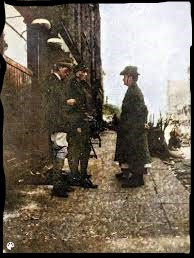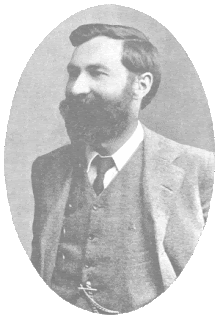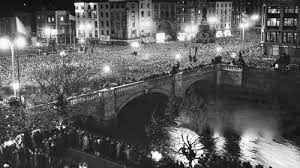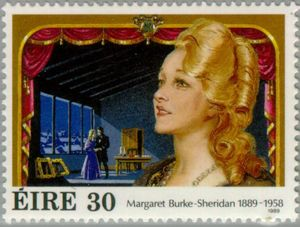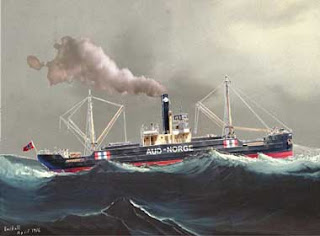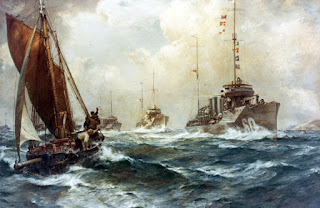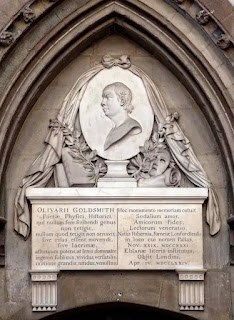29 April 1916: Padraig Pearse decided to cease fighting on this day. Nurse Elizabeth O’Farrell was allowed into the British lines carrying an offer to lay down arms. General Lowe offered only Unconditional Surrender and at 3.30 pm that afternoon Pearse agreed and handed over his sword to the General in token of the acceptance of terms.
It was about 3.30 pm when General Lowe received Commandant Pearse at the top of Moore Street, in Parnell Street. One of the officers that had been a prisoner in the GPO was asked to identify Pearse and he could not - he said he did not see him in the GPO. He asked Commandant Pearse was he in the GPO, and he said he was - the officer said: 'I did not see you there'. Commandant Pearse then handed his sword to General Lowe."
Nurse Farrell
After meeting General Maxwell at British Army HQ at Parkgate St beside the Phoenix Park orders were sent out by Pearse to the various Republican garrisons still holding out to lay down their arms and surrender:
In order to prevent the further slaughter of Dublin citizens, and in the hope of saving the lives of our followers now surrounded and hopelessly outnumbered, members of the Provisional Government present at headquarters have agreed to an unconditional surrender, and the commandants of the various districts in the city and county will order their commands to lay down their arms.
(Signed) P.H. Pearse, 29 April, 1916, 3.45 pm
James Connolly also countersigned the surrender order, but only for men under his command in Moore Street and the St Stephen's Green area.
Commandant Ned Daly was allowed to lead a march of his men from the Four Courts to the surrender point at the Gresham Hotel in Upper O’Connell St.
One of the prisoners from Moore St recalled:
We filed out onto Moore Street and were lined up into fours and were marched up O'Connell Street and formed into two lines on each side of the street. We marched up to the front and left all our arms and ammunition and then went back to our original places. Officers with notebooks then came along and took down our names…
JOSEPH SWEENEY
That night the Insurgents who surrendered were held under armed guard on open ground beside the Rotunda at the top of O’Connell St.
We were ordered to dump as much stuff as we could in the houses…We laid down arms between the Gresham and Parnell Monument. I don't remember any white flag. We were herded into the Rotunda Gardens, in a patch of grass in front. We were lying on top of one another. I was quite near Collins and Joe Plunkett. I remember the British officer threatening to shoot the whole lot of us, and Collins saying to this officer, 'This is a very sick man; will you leave him alone' - or words to that effect. He was, of course, referring to Joe Plunkett.
Eamon Bulfin
Pearse’s surrender that day in Dublin was by a twist of fate one that to the day matched with a far greater surrender of soldiers to their enemies. Far away on the plains of Mesopotamia a British Army under Major General Townsend was forced to surrender to the Turks after a four month siege in the town of Kut on the banks of the Tigris river. Some 13,500 British and Indian troops were taken prisoner, many of whom were to die in captivity. It was the largest capitulation of a British Army in the Great War.

